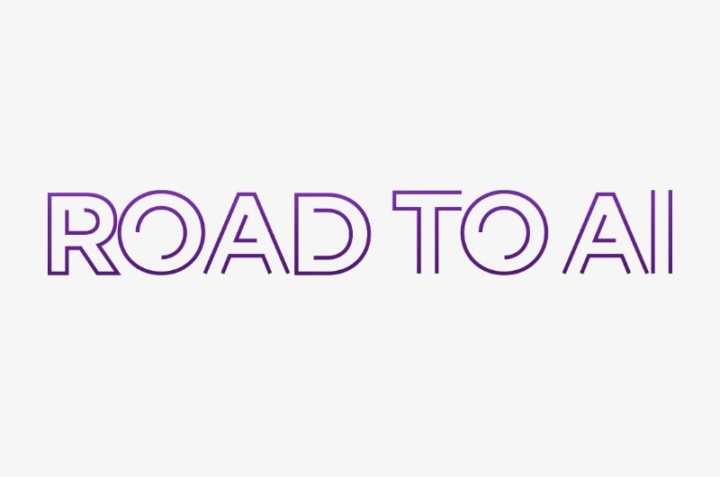As often applies to disruptive technologies, Generative Artificial Intelligence – now known by its moniker ‘GenAI’ – has attracted its fair share of oracles. Some herald it as the end of work as we know it, while others call it the ‘mother of all bubbles‘. Open AI hit jackpot when they went public with the launch of this robust yet intuitive technology. Ever since, there are daily announcements about the tasks AI could accomplish for us. Cue the awe, cue the questions.
Without wishing to dwell on my reference to Macready and Wolpert’s No Free Lunch Theorem which shows how optimized algorithms are not a universal problem-solver, I find a compelling connection with the recent furor of opinions that AI somehow magically creates value with minimal effort.
I hate to be the bearer of bad news, but much like traditional AI, GenAI is no free lunch. Below are three good reasons why.
GenAI: intuitive at first glance, but complex in practice!
The first reason is misrepresentation. The countdown is on to develop GenAI prototypes, whether it’s Carrefour and its Hopla chatbot, Bouygues Télécom and its automated customer reporting tool, and the list goes on! Sure, this technology is evolving at breakneck speed, but existing use cases tend to misrepresent business and the potential domino effect on companies.
Why? Because most value-added use cases chiefly focus on confidential and protected data in-house which causes two major drawbacks. Number one: the data was not used to train software publisher and open-source models. Number two: nine times out of ten, the data lacks discipline when used in corporate information systems (IS) which makes it harder to process.
Initial attempts to tweak publishers’ and open-source models for in-house company data corpora illustrate the difficulty in producing results that match the impressive outcomes for the public at large. Put simply, the corpora is either biased or lacking in its ability to influence the foundation model.
Potential aside, more often than not, Generative AI still requires human effort to ensure data governance and quality since the technology will start but rarely finish the necessary work.
Costing uncertainties persist!
The second reason is the complexity of GenAI cost prediction, particularly its impact on Cloud invoices. As you ramp-up your AI deployment, perplexing invoices present seemingly low costs that ultimately become prohibitive. Some Cloud users are familiar with this underhand approach to billing, and you will need to go to great lengths to forecast your invoices (without the aid of GenAI, unfortunately!).
Even then, there is still the more pressing issue of overall costing. As reported by Analytics India Magazine, OpenAI’s daily operating spend of $700,000 does not even come close to covering the extortionate costs to store and train models. Inevitably, with time, advertising and the increased value of consumer data will partly offset such costs. That said, participating companies must also contribute towards Microsoft’s €10 billion war chest, which will be used up by 2024. This is not a problem for Microsoft and OpenAI exclusively. Once the period of client acquisitions and initial added value is over, invoices may well rise considerably across the board. That is before we even consider regulatory costs from the – fully justified – ethics restrictions imposed on AI which are likely to warrant heftier invoices.
Overlooked environmental and geostrategic implications
Lastly, let’s delve deeper into two indirect costs: first, to our planet, and second, from a geostrategic standpoint.
In environmental terms, judging by the platform, Greenly, Generative Pre-trained Transformer 3 (GPT3) generates a carbon footprint equivalent to 136 round-trips between Paris and New York. Unsurprisingly, more frugal models are under development, but this will not quench companies’ thirst for GenAI. In other words, time will wait for no one, with businesses’ carbon footprints skyrocketing.
Geostrategically speaking, BigTech will take full control of intelligence for many business processes, not to mention public policy. Best case scenario: countries, companies and organizations that fail to grasp AI’s nuances and diversify their supplier base will become dependent on these ‘intelligence vendors,’ paying a heavy price. Worst case scenario: they will be held hostage when relations turn sour between countries and BigTech players, or the moment GPT4 becomes a basic necessity to France and LVMH (the same way Russian gas was for Germany and Volkswagen).
Key takeaways
To conclude, we would be foolish not to embrace GenAI as its promising potential outweighs the associated risks. The key, though, is to make an informed and balanced decision on your solution (open-source vs. software publishers). Additionally, we must assess risks longer-term, recognizing that less efficient technology in the short term may actually be more sustainable. Last but not least, always remember that there is no shortcut to developing the expertise required to master this new tool.
Let's continue our exploration:
Get your questions answered by our Data & AI experts. Find out how we can help you realize the full potential of AI for your organization.
Read our “Road to AI” series to explore the many facets of artificial intelligence and unlock its power to grow your business.





